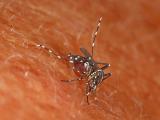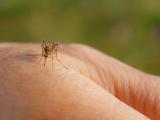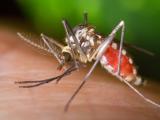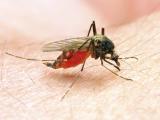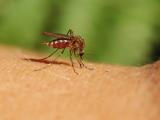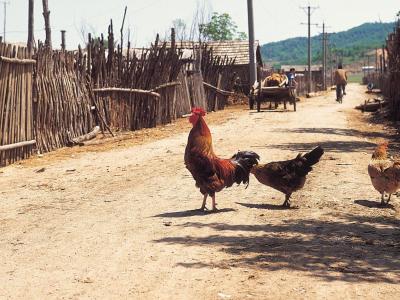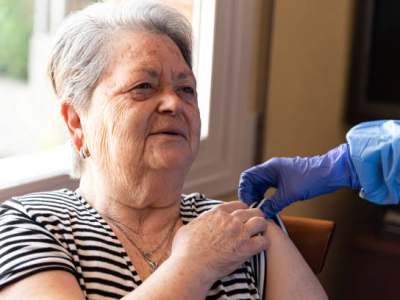Sep 19, 2012 (CIDRAP News) – The number of new West Nile virus (WNV) infections dropped somewhat last week in comparison with the week before, but cases continued to pile up, especially in hard-hit states like Texas
The number of cases rose 19%, compared to 35% the previous week, when officials from the US Centers for Disease Control and Prevention (CDC) said they saw signs that disease activity might have peaked.
In an update today, the CDC said it has received a total of 3,142 case reports so far, an increase of 506 from the week before. The number of neuroinvasive disease cases climbed to 1,630, which is 225 more than the previous week. Sixteen more WNV deaths were reported, pushing the nation's total so far to 134.
The number of cases reported so far is the highest the CDC has recorded through the third week of September since 2003. However, last week CDC officials said the number of neuroinvasive disease cases—considered the best indicator of the size of the epidemic—was on track to be the highest since 1999, when WNV was first detected in the United States.
Rising numbers of cases in California landed it on the list of states accounting for two thirds of WNV cases in the United States. Other states that are still reporting high case counts are Texas, South Dakota, Mississippi, Oklahoma, Louisiana, and Michigan. Texas, and especially Dallas County, has been the epicenter of WNV activity, reporting nearly 40% of all of the nation's cases, the CDC reported.
As of yesterday, the California Department of Public Health (CDPH) reported 126 WNV infections from 23 counties, along with 6 deaths. Background information on the CDPH's WNV Web page said fewer people have been sickened in California than in hard-hit states such as Texas, but the disease showed up in California earlier than usual this year.
As of yesterday the Texas Department of State Health Services (TDSHS) reported 1,303 WNV infections, an increase of 153 from the week before. It reported 60 more cases of neuroinvasive disease, pushing the season's total to 624, along with 9 more deaths, which increased the toll to 59.
Last week CDC officials said the WNV outbreak should taper off, thanks to cooler temperatures in some parts of the country and less outdoor exposure to mosquitoes. But they warned that cases and deaths are lagging indictors and that they expected to keep receiving many case reports until October.
In other mosquito-borne illness developments, the Vermont Department of Health (VDH) on Sep 18 announced the state's second death from Eastern equine encephalitis (EEE), a rare disease that is fatal to about a third of people infected. Health Commissioner Harry Chen, MD, said in a statement that the patient was a 49-year-old man from Sudbury. The other patient, an 87-year-old man from Brandon, died in early September.
Chen, who expressed condolences to the families, said EEE infections are very rare and that the United States averages about 6 cases each year. He added that state officials have conducted aerial spraying in areas where EEE-infected mosquitoes were identified, and he urged state residents to take measure to prevent EEE and WNV, such as limiting time outdoors at dawn and dusk.
Chen warned that there would be a very small risk of EEE until after the first hard frost.
See also:
Sep 20 CDC WNV home page, with today's updated case count
TDSHS WNV case total
CDPH WNV case total
Sep 18 VDH statement
Sep 12 CIDRAP News story "CDC says West Nile activity may have peaked"
